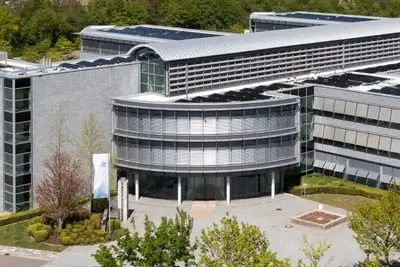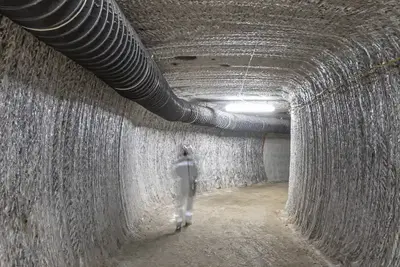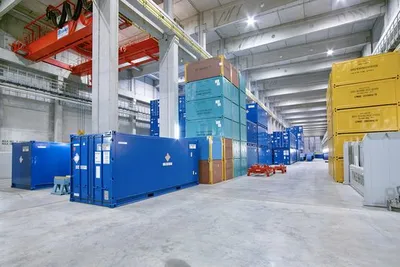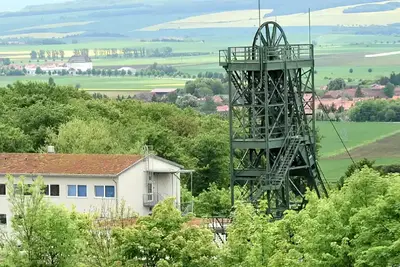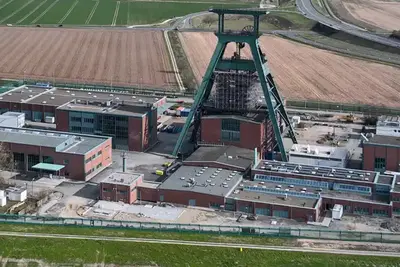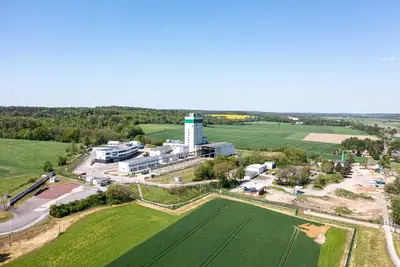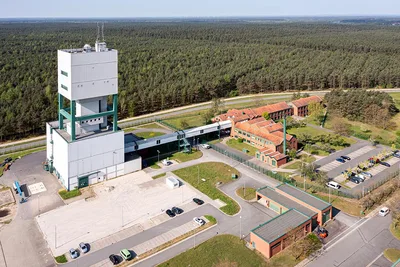Key findings of the evaluation
In its assessment, TÜV Rheinland identified not only existing problems and uncertainties but also opportunities and potential for optimisation.
Problems arising from existing agreements and renewed calls for tenders
Significant existing agreements relating to planning and construction work (some of which were signed before 1990) are leading to significant problems when it comes to the specific implementation of the respective subprojects. These also include contracts relating to the future emplacement shaft, Konrad Shaft 2, which has a decisive impact on the time frame for construction of the Konrad repository. In the past, the necessary clarifications could not be obtained as a result of differing interpretations of the cooperation agreement – a contract dating from 1984 that could not be terminated by giving notice and with which the federal government had commissioned the DBE to construct the repository.
TÜV Rheinland recommended revising existing agreements with contractors as quickly as possible. In particular, it said that a decision should be made on the subsequent procedure with regard to the contracts for Konrad Shaft 2, which has a decisive impact on the time frame.
This may result in a need to put work out to tender again. These are very complex installations, some of which must be acquired within a very limited market.
The expert body assumes that the completion date will be delayed by 4.5 years – until the first half of 2027. This takes account of known and assessable uncertainties at this point in time. These include the following uncertainties in particular:
- The Konrad mine is the first repository licensed in accordance with the Atomic Energy Act in Germany. A conservative estimate has therefore been made of the completion date, taking into account the length of the preliminary inspection procedure under nuclear law.
- In the current phase of the project, there are still a number of building contracts to be concluded. Above all, contracts for the building to receive the waste packages are yet to be awarded.
- In the current market situation, it is becoming increasingly difficult to ensure the timely availability of individual technical components and specialist companies or expert bodies (e.g. on mining law).
Potential for optimisation
TÜV Rheinland also identifies potential for optimisation in terms of scheduling:
- Since the reorganisation, the previously unclear division of tasks, responsibilities and powers between the BfS and the DBE has been resolved.
- An acceleration of construction work can be achieved through the targeted extension of working hours.
- There is potential for further improvements in project risk management and therefore also more rapid implementation of suitable compensation measures.
Initial implementation work at the BGE
The BGE will analyse the expert report with a view to deriving further measures to aid the rapid construction of the Konrad repository. Independently of the report, the BGE had already begun taking initial measures with a view to exploiting the existing potential for optimisation.
- Since the merger last December, the BGE has been working intensively in several working groups on significantly simplifying and shortening internal workflows.
- The BGE is also setting up a system of process monitoring.
- In addition, the BGE has begun work on improving project risk management for the existing uncertainties and opportunities as well as on expanding this risk management to a holistic viewpoint.
- The BGE is reviewing the construction processes on an ongoing basis in order to reduce uncertainties and exploit potential opportunities. The first project decisions to this effect have already been implemented. Other possibilities, such as temporary two-shift operation during the construction of systems above ground, are being examined.
Improvement of emplacement concept
There is also potential for optimisation when it comes to preparing for emplacement and the emplacement process itself.
- The coalition agreement provides for the establishment of a logistics centre that will significantly improve the logistics processes for waste emplacement.
- The Federal Environment Ministry has commissioned the BGE to organise the emplacement itself, operating the repository on a two-shift basis. This two-shift operation and the associated higher annual emplacement volume will significantly reduce the accumulated operating time of the Konrad repository and the operating periods of interim storage facilities.
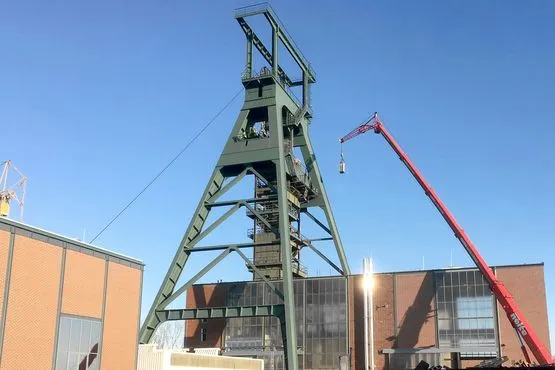
Der Förderturm des Endlagers Konrad erstrahlt in neuem Glanz. Jetzt muss noch die nördliche Hälfte des Schachtes saniert werden.
The winding tower of the Konrad repository with its new look. The northern half of the shaft must now also be renovated.
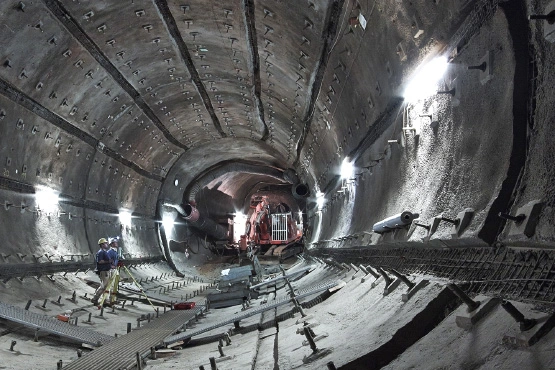
Vermessungsarbeiten in der künftigen Transportstrecke im Endlager Schacht Konrad
Expansion of the emplacement transport gallery as a tunnel bore: the gallery connects Konrad Shaft 2 to the emplacement chambers.
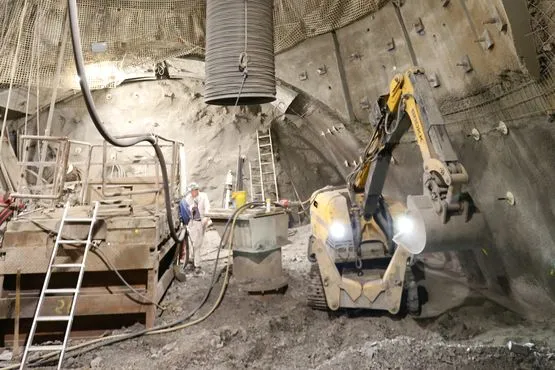
Arbeiten in 850 Meter Tiefe im schachtnahen Bereich am Schacht 2: Über Schacht Konrad 2 werden später die Abfallbehälter ins Endlager transportiert
Construction work at a depth of 850 metres in the near-shaft area at Konrad Shaft 2, through which the waste containers will subsequently be transported into the repository.

